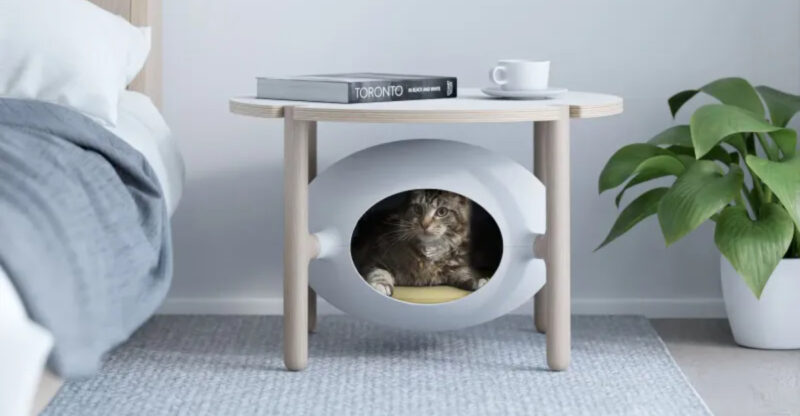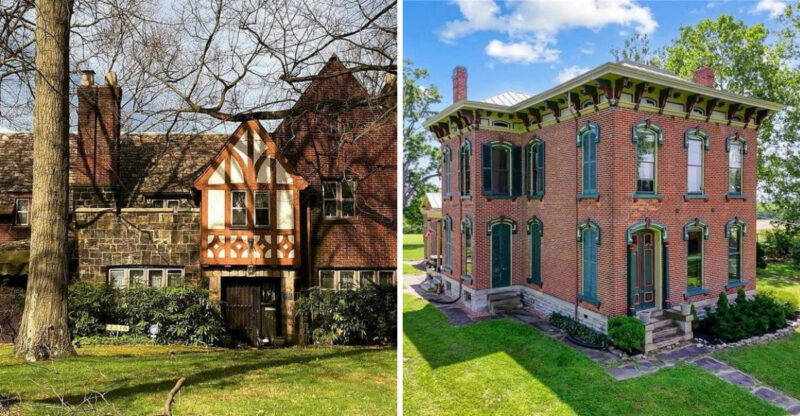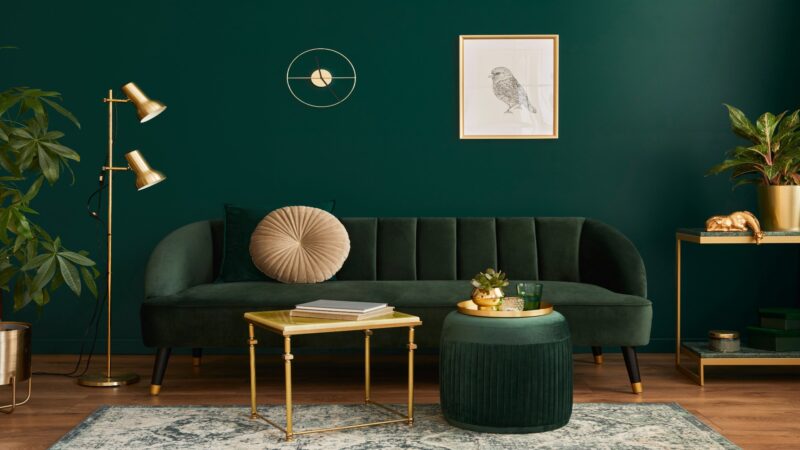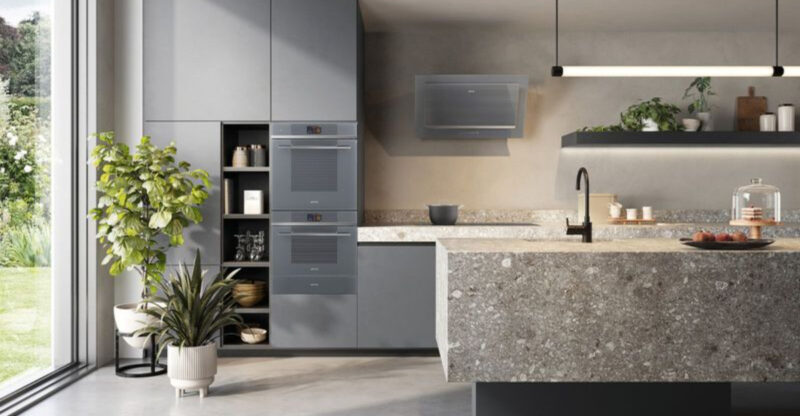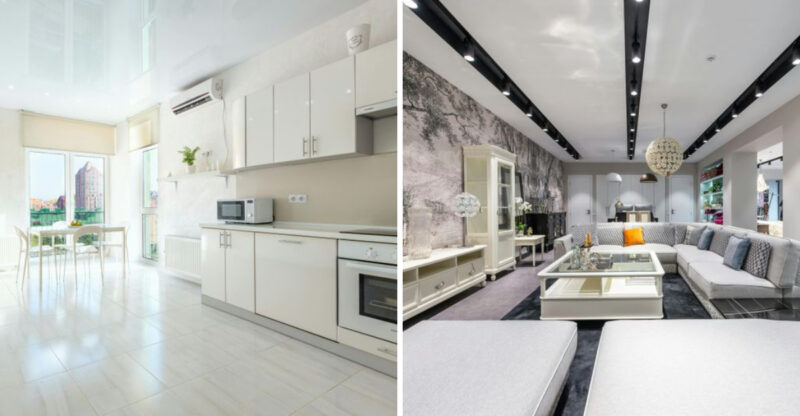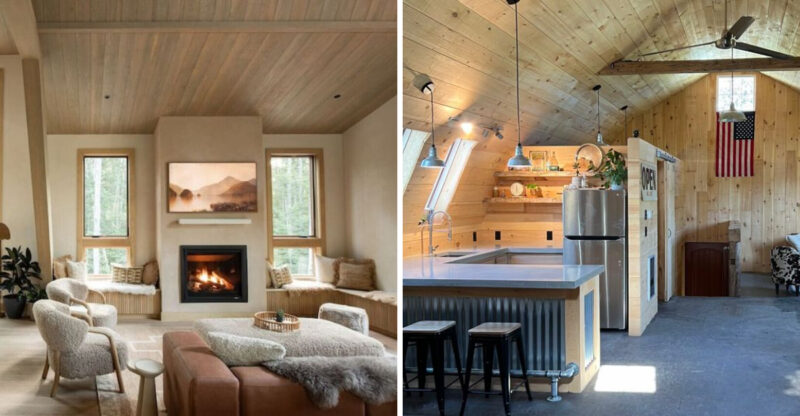11 Pennsylvania Flooring Trends That Make Homes Look Older
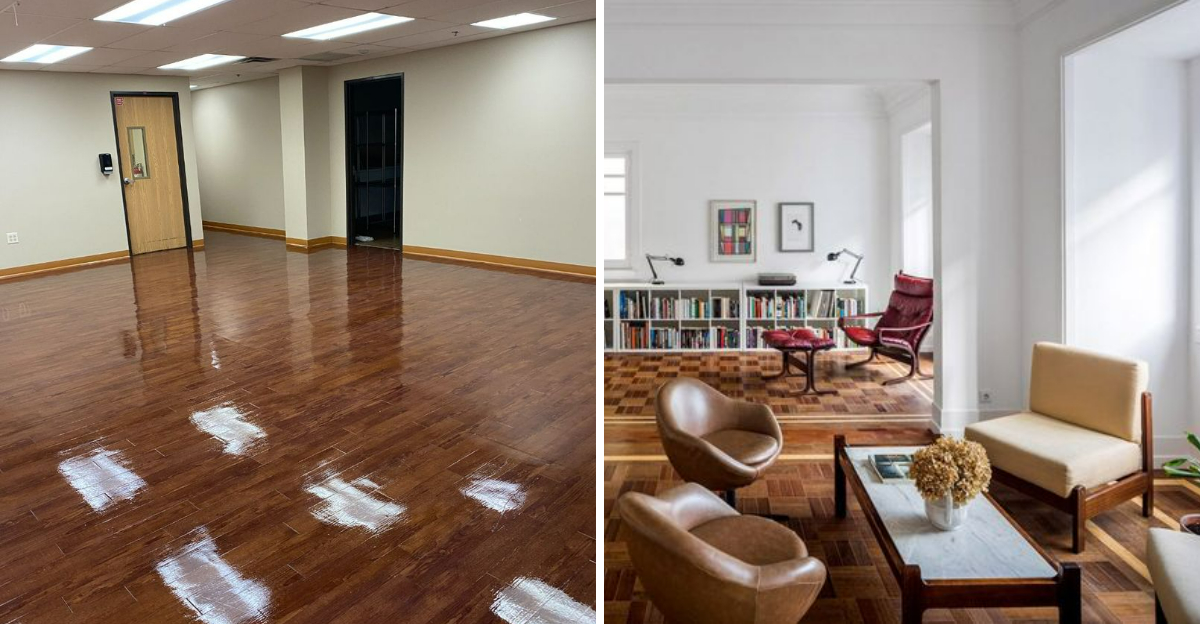
Your home’s flooring makes a huge statement about your style and when it was last updated. In Pennsylvania, certain flooring choices can instantly age your home, making it feel stuck in the past rather than fresh and modern.
Whether you’re selling your house or just want to update your living space, knowing which flooring trends to avoid can save you from an outdated look. Here are 11 flooring styles common in Pennsylvania homes that might be making yours look older than it should.
1. Linoleum Sheets With Faded Patterns
Remember those kitchens with yellow or green sheet linoleum from the 1970s? Many Pennsylvania homes still have these relics hiding under newer appliances. The faded colors and curling edges are dead giveaways of an aging home.
While affordable at the time, these floors now look worn and dated compared to modern options. The patterns that were once trendy – like faux brick or floral designs – now scream “renovation needed” to anyone who walks through your door.
2. Orange-Toned Oak Hardwood
Walking into a Pennsylvania home with bright orange-toned oak floors feels like stepping back into 1992. This unmistakable honey-oak color dominated homes for decades but now dates your space significantly.
The warm reddish tint that homeowners once loved has fallen out of favor as cooler, more neutral wood tones have taken center stage. Even well-maintained orange oak floors can make your furniture look off-color and your walls seem dingy by comparison.
3. Wall-to-Wall Berber Carpet
The speckled, looped texture of Berber carpet was all the rage in Pennsylvania homes during the 1990s. You’ll recognize it by those little loops and the characteristic flecks of color against a neutral background.
Despite being durable, these carpets tend to show their age through matting in high-traffic areas and stubborn stains that won’t budge. The multicolored specks that were designed to hide dirt actually end up looking busy and outdated in today’s more minimalist design landscape.
4. Small Square Bathroom Tiles
Those tiny 1-inch square tiles covering Pennsylvania bathroom floors are a time capsule straight from the 1950s. Often found in black and white checkerboard patterns or pastel colors like mint green or baby blue, they instantly age your bathroom.
The grout lines between these small tiles are numerous and tend to discolor over time, creating a grimy appearance even when clean. Modern bathrooms have moved toward larger format tiles or luxury vinyl that mimics stone with fewer grout lines to maintain.
5. Parquet Wood Flooring
Geometric parquet wood floors with their distinctive zigzag or herringbone patterns were incredibly popular in Pennsylvania’s mid-century homes. The intricate design once signaled sophistication but now often looks busy and outdated.
Many of these floors have developed uneven coloring from sun exposure over the decades. The small wood pieces tend to loosen over time, creating gaps and an uneven surface that’s immediately recognizable as belonging to an older home.
6. Vinyl Peel-and-Stick Tiles
The budget-friendly savior of many Pennsylvania basements and kitchens, peel-and-stick vinyl tiles were an easy DIY solution for homeowners in the 1980s and 90s. You can spot them by their perfect 12×12 grid and slightly raised edges where they’re starting to curl.
These tiles don’t age gracefully – they yellow, crack, and lose their adhesive over time. Even worse are the faux marble or stone patterns that fool absolutely no one with their repeating, obviously printed designs.
7. Deep-Pile Shag Carpeting
Nothing says “1970s Pennsylvania rec room” quite like deep shag carpeting in harvest gold or avocado green. This ultra-plush flooring option was once the height of luxury but now looks dramatically outdated.
Beyond the retro color palette, shag carpet is notorious for trapping dust and being nearly impossible to clean thoroughly. The matted, flattened appearance it develops over time is instantly recognizable as a relic from decades past.
8. Glossy Ceramic Floor Tiles
Those shiny, high-gloss ceramic tiles popular in Pennsylvania homes during the 1980s and early 90s scream “outdated” to today’s buyers. Often installed in entryways and kitchens in beige, mauve, or seafoam green, their dated colors are just the beginning of the problem.
The slippery surface becomes dangerous when wet, and the hard, cold feeling underfoot lacks the comfort modern homeowners seek. The perfectly straight grout lines and uniform appearance lack the organic, natural look that current design trends favor.
9. Laminate Flooring With Obvious Fake Wood Patterns
First-generation laminate flooring found in many Pennsylvania homes from the early 2000s is easily spotted by its unrealistic wood patterns and plastic-like shine. The repetitive wood grain images and perfectly uniform planks lack the natural variation of real hardwood.
These floors often have a hollow sound when walked on and may show wear in high-traffic areas where the printed layer has started to wear through. Modern eyes can immediately tell the difference between these early laminates and today’s more sophisticated wood-look options.
10. Dark Cherry Wood Finishes
The rich, reddish-brown tones of cherry wood flooring instantly transport visitors back to the early 2000s. Once the hallmark of luxury Pennsylvania homes, these deep finishes now create a heavy, formal atmosphere that feels outdated compared to today’s lighter, more natural wood tones.
Many Pennsylvania homeowners installed cherry floors during the McMansion boom, pairing them with ornate furniture and heavy drapery. The dramatic coloring tends to make rooms feel smaller and darker – the opposite of what most modern buyers seek.
For a contemporary update, consider refinishing existing cherry floors with a lighter stain that highlights the wood’s natural grain patterns while brightening your space.
11. Speckled Granite Tile Flooring
Remember when every upscale Pennsylvania kitchen and bathroom featured those busy, multi-colored speckled granite tiles? This 1990s flooring choice screams “dated renovation” faster than almost any other surface in your home.
The black, brown, and gold flecked patterns were designed to hide dirt but ended up creating visually chaotic spaces. These tiles typically came in 12×12 squares with contrasting grout lines that now collect grime and draw even more attention to the outdated style.
Today’s homebuyers prefer larger format tiles with cleaner, more subtle patterns or solid colors that create a seamless, spacious feel rather than the fragmented look of speckled granite.

